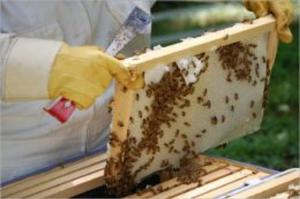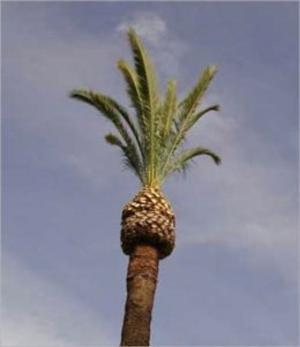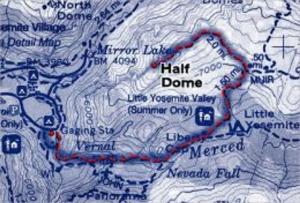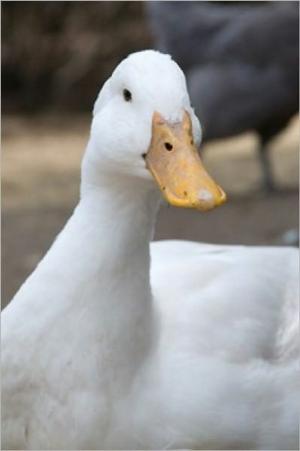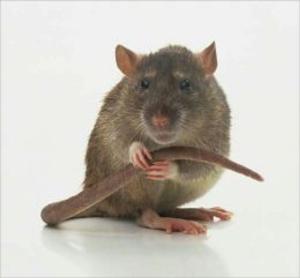A Quick and Easy Guide on How to Get Rid of Lizards
Nonfiction, Home & Garden, The Home, Outdoor & Recreational Areas, Cleaning & Caretaking| Author: | Kelvin Floyd | ISBN: | 1230000107745 |
| Publisher: | Axel Publishing | Publication: | February 18, 2013 |
| Imprint: | Language: | English |
| Author: | Kelvin Floyd |
| ISBN: | 1230000107745 |
| Publisher: | Axel Publishing |
| Publication: | February 18, 2013 |
| Imprint: | |
| Language: | English |
A Quick and Easy Guide on How to Get Rid of Lizards
Lizards are a widespread group of squamate reptiles, with nearly 3800 species, ranging across all continents except Antarctica as well as most oceanic island chains. The group, traditionally recognized as the suborder Lacertilia, is defined as all extant members of the Lepidosauria (reptiles with overlapping scales), which are neither sphenodonts (i.e., tuatara) nor snakes – they form an evolutionary grade. While the snakes are recognized as falling phylogenetically within the anguimorph lizards from which they evolved, the Sphenodonts are the sister group to the Squamates, the larger monophyletic group, which includes both the lizards and the snakes.
Lizards typically have limbs and external ears, while snakes lack both these characteristics. However, because they are defined negatively as excluding snakes, lizards have no unique distinguishing characteristic as a group. Lizards and snakes share a movable quadrate bone, distinguishing them from the sphenodonts, which have a more primitive and solid diapsid skull. Many lizards can detach their tails to escape from predators, an act called autotomy, but this ability is not shared by all lizards. Vision, including color vision, is particularly well developed in most lizards, and most communicate with body language or bright colors on their bodies as well as with pheromones.
The adult length of species within the suborder ranges from a few cm for some chameleons and geckos to nearly three meters (9 feet, 6 inches) in the case of the largest living varanid lizard, the Komodo Dragon. Some extinct varanids reached great size. The extinct aquatic mosasaurs reached 17 meters, and the giant monitor Megalania prisca is estimated to have reached perhaps seven meters.
Scroll up... and click on "Buy Now" to deliver almost instantly to your Kobo or other reading device.
A Quick and Easy Guide on How to Get Rid of Lizards
Lizards are a widespread group of squamate reptiles, with nearly 3800 species, ranging across all continents except Antarctica as well as most oceanic island chains. The group, traditionally recognized as the suborder Lacertilia, is defined as all extant members of the Lepidosauria (reptiles with overlapping scales), which are neither sphenodonts (i.e., tuatara) nor snakes – they form an evolutionary grade. While the snakes are recognized as falling phylogenetically within the anguimorph lizards from which they evolved, the Sphenodonts are the sister group to the Squamates, the larger monophyletic group, which includes both the lizards and the snakes.
Lizards typically have limbs and external ears, while snakes lack both these characteristics. However, because they are defined negatively as excluding snakes, lizards have no unique distinguishing characteristic as a group. Lizards and snakes share a movable quadrate bone, distinguishing them from the sphenodonts, which have a more primitive and solid diapsid skull. Many lizards can detach their tails to escape from predators, an act called autotomy, but this ability is not shared by all lizards. Vision, including color vision, is particularly well developed in most lizards, and most communicate with body language or bright colors on their bodies as well as with pheromones.
The adult length of species within the suborder ranges from a few cm for some chameleons and geckos to nearly three meters (9 feet, 6 inches) in the case of the largest living varanid lizard, the Komodo Dragon. Some extinct varanids reached great size. The extinct aquatic mosasaurs reached 17 meters, and the giant monitor Megalania prisca is estimated to have reached perhaps seven meters.
Scroll up... and click on "Buy Now" to deliver almost instantly to your Kobo or other reading device.

